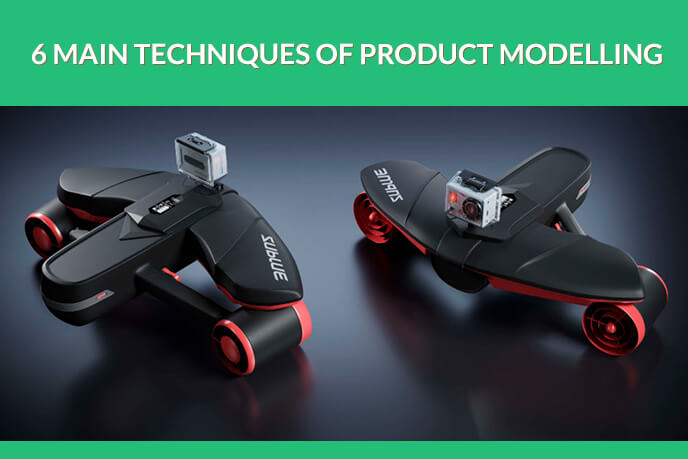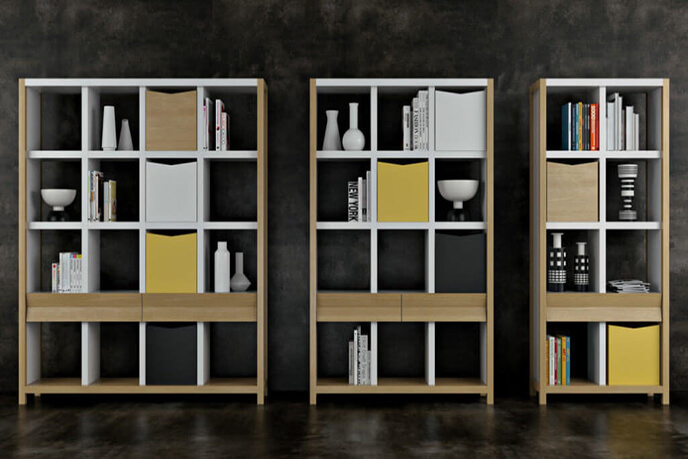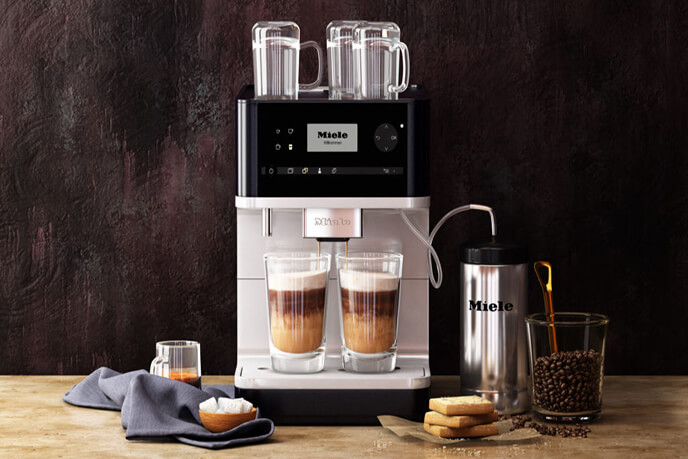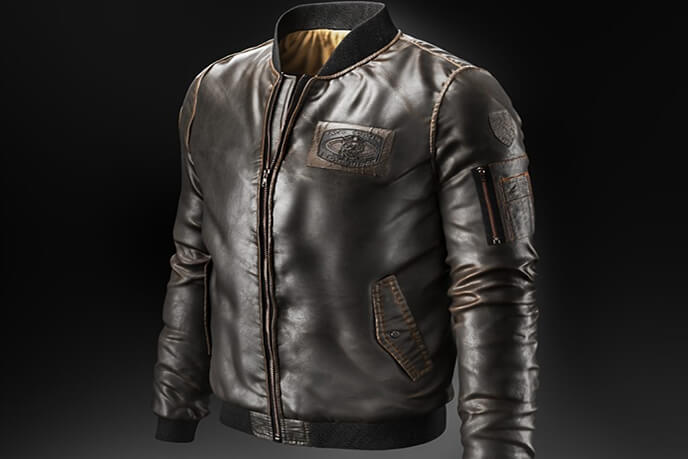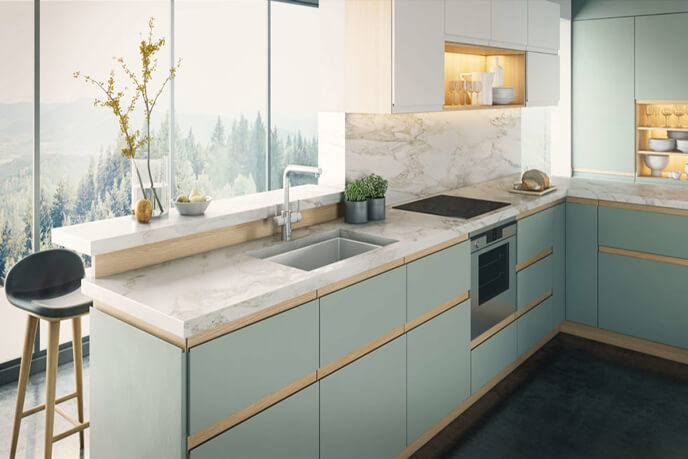Advanced 3D Modelling Techniques: Top 6 For Product Visualization
Advanced 3D modelling techniques are widely used for visualizing various things, from small objects to huge skyscrapers – and, most importantly, the imagery of any products. Why exactly a person not connected to 3D product modelling companies need to know how the models are created? For one, it’s always good to have at least some idea how one’s contractor works to ease communication and make it more effective. Secondly, different methods of creating 3D models produce different results that fit specific goals. Some are better for product websites, some make great portfolio fillers, some are versatile and so on. So let’s explore main advanced 3D modelling techniques, and 1 semi-experimental one on top!
#1. Polygon Modelling
Polygon modelling is the most commonly used method out of all presented here, and for a good reason. It’s relatively easier to do compared to the rest of advanced 3D modelling techniques presented here, and is probably the most versatile of all. So, how it’s made? It goes like this: a 3D specialist starts with creating an outline of an object, then fills the space between edges with polygons and, finally, applies textures to the model. About 90% of 3D modelling software is perfectly suited to this process, although 3D Max is most commonly used. Polygon modelling shines in creating items with precise dimensions: tables, chairs, standard pattern soft furniture. In case there is a need to achieve more detailed items, polygonal models can be further refined with 3D sculpting software, such as ZBrush.
#2. 3D Sculpting
Speaking of which, 3D sculpting emerged as one of advanced 3D modelling techniques fairly recently, but has gotten extreme popularity among 3D artists. It gives full control over 3D modelling process, since the specialist literally sculpts objects from basic three-dimensional shapes. The results are hyper-detalized models that are virtually indistinguishable from real items. The problem is the process itself. 3D sculpting requires incredible skill – months to learn, years to master. But it pays off with incredible quality of visuals that fit any marketing goal. A 3D modelling specialist that has mastered this technique can recreate objects with unusual forms and incredible level of detail: organic furniture pieces or decor and soft complex furniture.
#3. Fabric Visualization
Among all kinds of product image rendering, visualizing materials photorealistically is an extremely difficult task. Specifically, fabrics are one of the toughest challenges even to an experienced 3D artist. How so, one might ask? It’s all about the textures, isn’t it? Well, a texture is just an overlay, in order for it to work it needs a perfectly fitting foundation. The folds, creases, different fabric types – in order to look natural, every detail matters, and requires advanced 3D modelling techniques and tools, the latter being more important. If a 3D artist had no proper software for this job, it would take inhuman effort to model all that, even with 3D sculpting. Fortunately, there is one program that focuses entirely on fabrics, and is perfect for this goal – Marvelous Designer. It features a huge database of every fabric and leather in existence, simulating physical properties and intricate details with impressive accuracy. It originally was meant to be used for clothing, but it also is a life saver for visualizing soft furniture and decor – couches, armchairs, curtains and so on.
#4. Spline Modelling
Spline, also called NURBS, 3D modelling is similar to polygon modelling, but creates objects based on curves instead of edges, and then forms surfaces around them. Why does it matter? If task involves visualizing items consisting of many parts it’s easier to do it with splines than polygons. NURBS can subdivide surfaces while working with a single model instead of multiple individual models for different parts. Most modern software is capable of both box and spline modelling, so 3D Max is a go-to option for many specialists. What can be visualized with this advanced 3D modelling technique? Anything that has several parts or is modular – cabinets, desks, drawers, cupboards, you name it!
#5. Procedural Modelling
Procedural, or node modelling is quite a loose term for a set of advanced 3D modelling techniques aimed at maximizing automation. This results in incredibly organic-looking objects, with photorealistic deformities and material replication. However, the texture application is quite difficult with procedural modelling, because it creates unique surfaces that seldom fit any pre-existing textures. Nodes essentially are sets of parameters that are input by the 3D artist, which include height and width of a box, scale, and shape. Most commonly used for product visualization is Houdini 3D modelling suite, it comes pre-packaged in almost all respective software. This advanced 3D modelling technique speeds up creation process and usually serves as a foundation for more complex tools.
#6. 3D Scanning
3D scanning is the most unorthodox in this list. In fact, it’s technically still in development. Its main difference from the rest of advanced 3D modelling techniques is that instead of creating 3D models from scratch, it uses special hardware to scan a drawing or a photo and turn it into a three-dimensional object via algorithms. It sounds awesome and makes one wonder, why would anyone need other ways to visualize their products? Well, it has serious issues. The algorithms are imperfect and prone to bugs. It’s more suited to creating parts of one item, rather than the whole thing – a good thing for 3D printing, not much for everything else. The hardware is currently extremely expensive, borderline unusable by the majority of companies. 3D scanning is definitely a unique 3D modelling technique, it offers a glimpse in the future, but is hardly a viable solution for the industry right now.
In the end, advanced 3D modelling techniques are only means to get photorealistic visualizations of your products. There are no restrictions – any type is perfectly capable of producing equally impressive results, only effort and skill of 3D artists matters here, except for 3D scanning. And ultimately it always boils down to personal preference. But enough was said about advanced 3D modelling techniques. We know what you’re here for – you need gorgeous visuals that will sell your merchandise, and we’re ready to provide you with best CGI for a fair price. Use cutting edge 3D graphics to enhance your marketing with our 3d modelling services!
Let us know if you’ve got an interesting project and want to work together!

